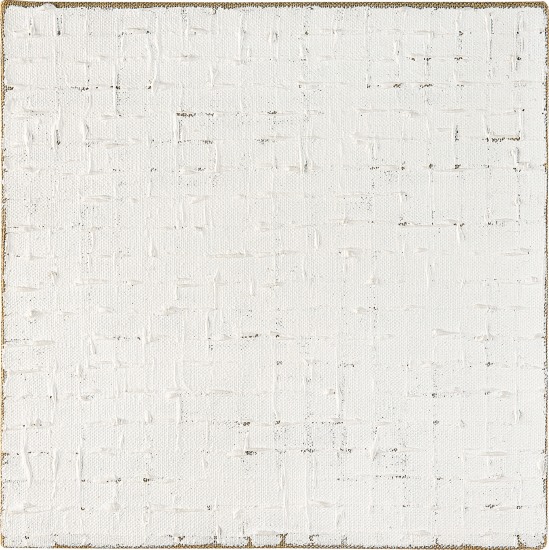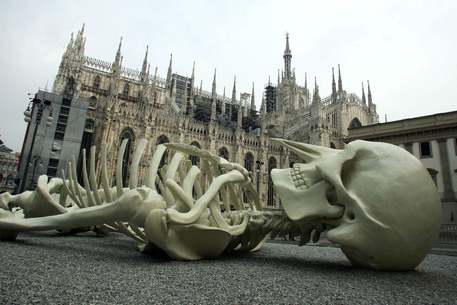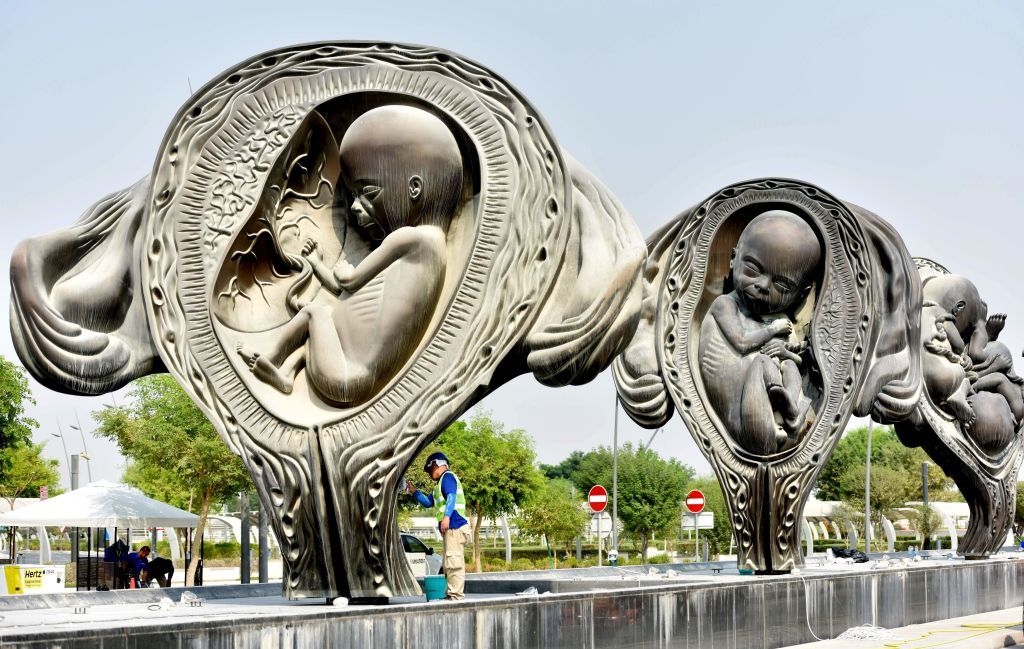Contemporary art: tendencies and contrasts

As photography appeared in the 1800s, pictorial art – capable of reproducing reality just like masters such as Leonardo, Raffaello, Botticelli – gradually faded away. A realistic depiction was not enough anymore. Art had to change its “language” in order to not lose its expressive strength.
Over a span of one hundred years we went through various phases of modern art (Impressionism, Post‐Impressionism, Pointillisme, Symbolism). Then contemporary art arose: the representation of an object, a face or a landscape was not necessary anymore since photography was taking its place: what was asked from the artist was to represent a concept in order to trigger emotions.
So the artist began to take over a new role. In addition to their personal inclinations, techniques and experience, the artist had to operate on ideas, perceptions and – that is to say a concept. An authentic revolution in the field of arts.
How can we forget the real turning point (or better, the breaking point) between modern and contemporary art carried out by the French artist Marcel Duchamp (Blainville 1887 – Neuilly‐Sur‐ Seine 1968) with his “Fountain”, his ceramic urinal?

With that work the artist demonstrated that everything could be art in the modern era, if supported by an unconventional idea and an efficient marketing strategy.
And so, another important revolution was the development of new dynamics in the field of contemporary art. In addition to the artist’s technique and the creative concept other elements started to become essential: the commercial purpose (which will determine the quotations of the artist’s work), the public intellectuals (later the art critics) and the art market (which will become the gallerist and the collector).
In a few words, taking Duchamp as an example, when an everyday object is presented as an artistic creation and is supported by a precise idea (a provocation in this case) and an excellent marketing strategy and is exhibited in a prestigious location, the artist has managed to convince the art critics and collectors that they are observing a real work of art. He even states that whoever could (in theory) do the same.

Un teatro di sensazioni, curiosità, stile. Costumi teatrali, maliziosi corsetti, costumi professionali per la danza si alternano alle collezioni donna, agli accessori, agli abiti da sposa in una inusuale galleria di proposte con un tratto in comune.
The art critic and curator Francesco Bonami states although that “it doesn’t mean that art today art is a hoax and artists are marketing geniuses only or that everybody is an artist”. Come on, whoever has faced a white canvas by the American painter Robert Ryman (Nashville 1930 – New York 2019) or one of the cut‐off paintings by the Argentine‐Italian painter Lucio Fontana (Rosario 1899 – Comabbio 1968), would have probably said: “I could have done that myself!”. Yet, Bonami continues: ”White canvases look like something very simple to reproduce, but what really matters is to be the first. As a matter of fact Ryman was the first one who “took this risk” in 1955”.
Not only. “Behind those simple canvases there is a message. The painter had already realized that nowadays the most frightening enemies are not wars, but emptiness and boredom. If art conveys society, this is the society we live in: an empty one. What could better represent boredom than a white canvas? So Ryman as a matter of fact produces art. He doesn’t show great technical skills, he launches messages which make us think”.

“Untitle” di R. Ryman (1965) 
“Concetto spaziale. Attese”
L. Fontana (1964)
So, how can we understand as mere mortals if there is a real message behind a work of art or if we’re observing an artist who has no technical skill at all?
Actually sometimes it’s the artist to unveil it (Fontana is an example). Sometimes instead, it’s the art critic (actually Duchamp never explained his artworks). In other occasions the artist enjoys making fun of the art critics’ and the public’s interpretations of them proposing elusive works of art (Salvador Dalì, Figueres 1904 – 1989).

Another way of approaching contemporary art, besides the message, the artist wants to convey is to let ourselves be influenced by what we’re seeing. Since today’s forms of art expresses what we are, what we feel and what we’re experiencing. Together with those who – while observing a work of art by the Italian Gino de Dominicis (Ancona 1947 – Roma 1998) or by the English Damien Hirst (Bristol 1965) – appreciate the artists’ impressive aspect, there’ll always be someone who will consider them obscene and outrageous. Anyway these people are enormously impressed, so the artwork has achieved its main goal.

“Calamita cosmica”
G. De Dominicis (1989)
“The miracolous Journey”
D. Hirst (2013)
What makes us think is that nowadays art critics, gallerists and dealers are the ones who really settle what art is…promoting tendencies and tailoring ready‐made commercial products.
If the value of a Tiziano’s artwork is based on technical and stylistic perfection, for what concerns a contemporary work the value often depends on how much an artist is able to attract public attention (for better or for worse) letting critics and collectors promote his image and raise the quotations of his art.
For sure, this “system” can seem appalling as it makes us believe that one can impose real “fakes” to the public. Distinguishing a work of art from a mediocre (or bad taste) one is not always easy. Yet, there is a way which is to look at it with “innocent” eyes without any expectations or prejudice. Just letting ourselves get carried away by the sensations that arouse to enable us what our inner selves, our experience and feelings suggest after having filtered and contemplated them.
Beauty or ugliness are not the most important aspects when an artwork, instead, makes us think, surprise us and when they inspire or simply entertain us: in all these cases the artist has made his point. After all, the following proverb is always true: “beauty is in the eye of the beholder”. In our contemporary society ‐ when nobody believes in universal truth and the concept of beauty is more and more relative ‐ emotions are the best we can aspire to!
Sources:
“Lo potevo fare anch’io ‐ Perchè l’arte contemporanea è davvero arte” Francesco Bonami – Mondadori, Collana Strade blu, 2007
Press Office: press.gart@gmail.com